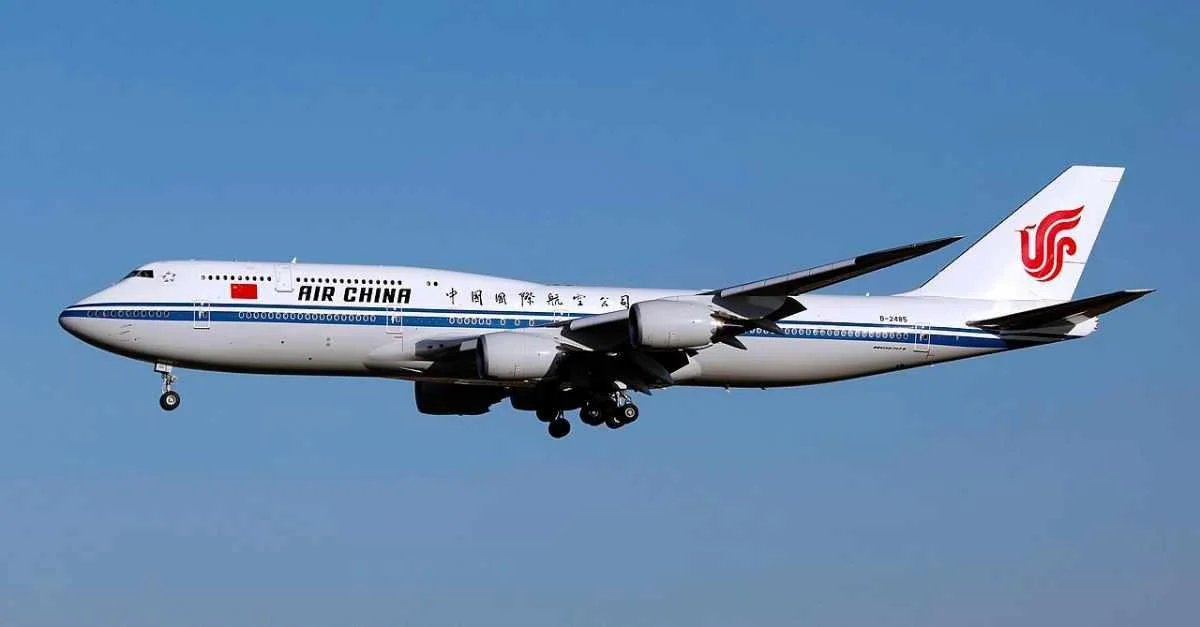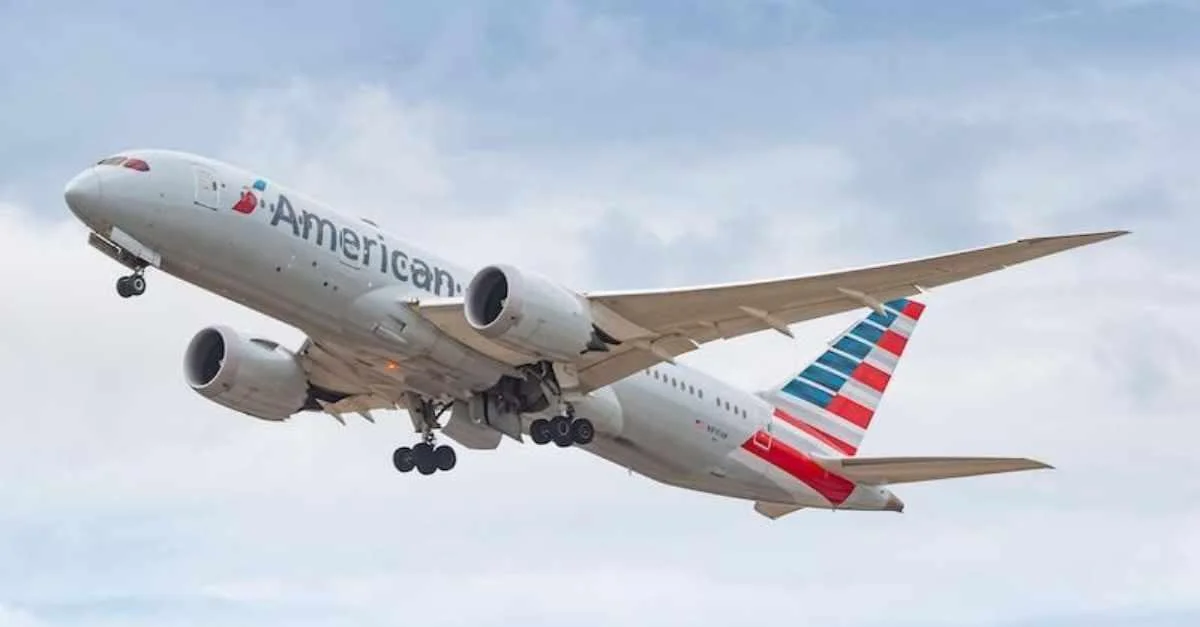Air New Zealand is the launch customer for Safran’s new Visa seat, which is arranged as an inward-facing herringbone where all seats face the aisle. Only the Luxe seats have doors, and these can also do partner dining.
“Ahead of Air New Zealand’s new cabin product being introduced in late 2024, all 1,600 cabin crew will complete a one-day course to familiarize themselves with the new cabin product,” says the airline, noting that the trainer provides a realistic space that replicates the layout of the airline’s new 787 cabins.
Much as with its current generation of seats, Air New Zealand will have two configurations: longhaul and ultra-longhaul, with the latter offering more premium seats in Luxe, Business Premier and Premium Economy. A partial business class cabin is installed in the new 787 trainer.
The trainer also contains a fully functioning galley equipped with an oven, water boiler, and coffee machine.
“The great thing about this device is it’s a hybrid safety and service trainer, so our cabin crew can train and experience the full inflight service in a controlled environment. That includes everything from the operation of galleys to practicing plating our culinary offerings in our Business Premier cabin,” explains Air New Zealand chief operational integrity and safety officer Captain David Morgan.
The trainer features six aircraft doors, four of which can each project 12 different scenes and locations, ensuring a realistic space for the airline’s widebody cabin crew and 650 pilots to complete both service and safety training and annual assessments.
“We can mimic thousands of scenarios onboard, and crew will be able to see, hear, and in some cases feel everything happening. They will feel like they are in a real environment which will further equip our crew to be prepared for any situation,” says Morgan.
Whether or not Air New Zealand will install its new Skynest economy class sleeping berths in the trainer remains to be seen. The hotly anticipated product is now expected to debut on a brand-new 787 Dreamliner by the end of 2025.
 Alerts Sign-up
Alerts Sign-up





































